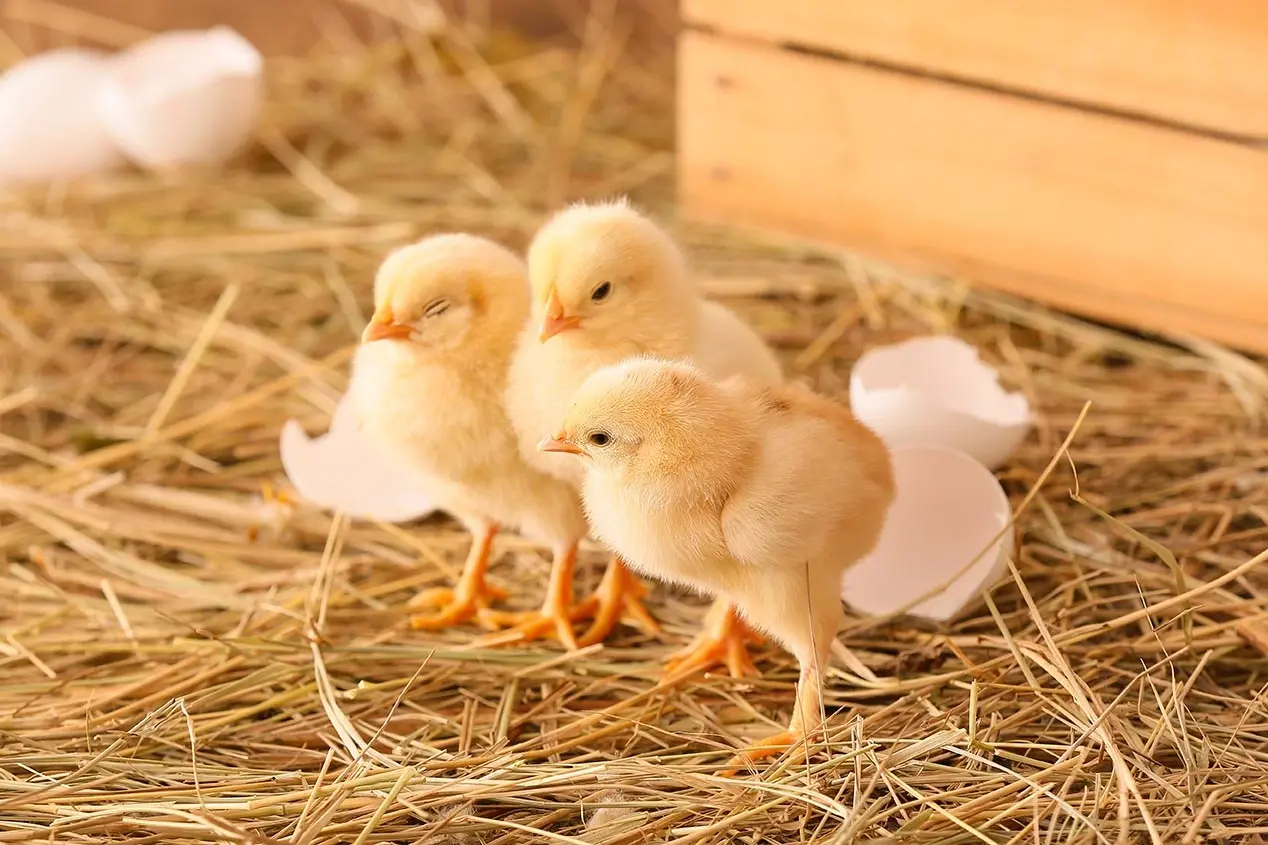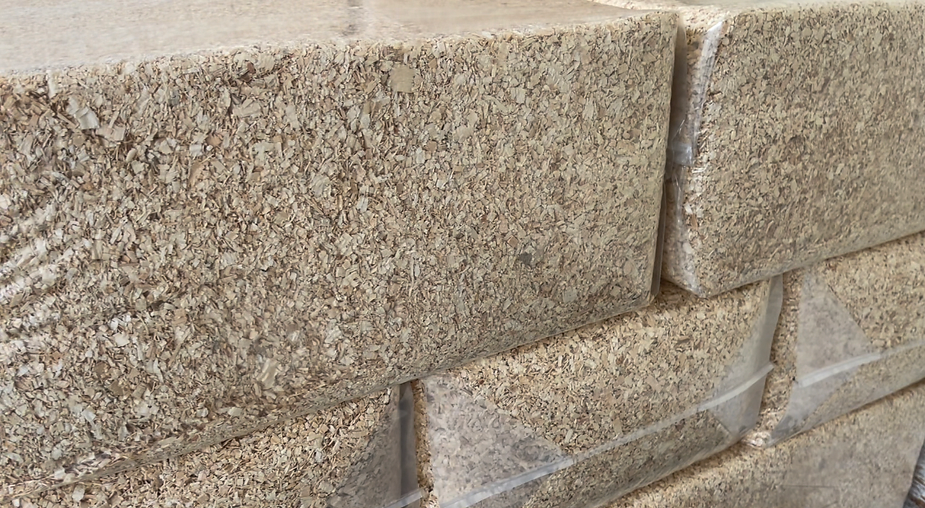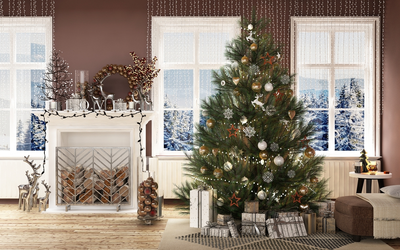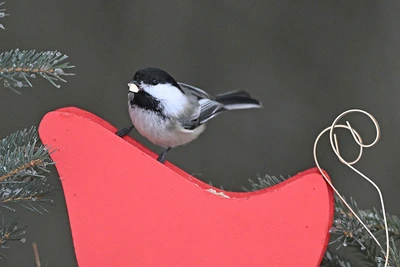
Brooding Chickens
The care of chicks is similar for meat and egg strains. Proper temperature, easy access to water and fresh feed are very critical for the first few weeks. Prepare the brooder the day before the chicks arrive: have the heat source, litter, feed and water already in place.
Brooder
Day old chicks should be started in a warm, dry, draft-free area. Place brooder guard, such as a cardboard ring, around the heat source to confine the birds to the heat, water and feed.
-
The brooder diameter should start 60-90 cm (2-3 feet) larger than the heat source and be increased as the birds grow.
-
At 7 to 10 days, remove the brooder ring and place the feeders and waterers around the coop.
Temperature
The heat source should be at least 40cm (16 inches) above the litter to minimize fire hazard. More than one heat lamp is recommended in case a bulb burns out.
-
Set the temperature at 32°-35° C (90° - 95° F) for day old chicks, and decrease the temperature 3° C (5° F) each week thereafter. Check the temperature at chick level.
-
Observe chicks for comfort. If the chicks pant or press against the edges of the brooder, they are too hot; if they huddle together in a pile, they are too cold. Sharp chirping indicates discomfort. Adjust the heat source as necessary.
Litter
Chicks should be raised on a clean, dry, absorbent material such as wood shavings or sawdust. Straw and shredded paper will also work but are more difficult to maintain. Leg problems may develop if the birds are placed on slippery material such as paper.
-
The litter should be 7 – 10 cm (3 – 4 inches) deep in the brooding area.
-
Stir the litter daily to keep it dry; replace the litter if it gets wet or cakes.
-
Wet litter is a major source of disease.

Lighting
Chicks should have light continuously for the first 3 to 7 days to ensure they find the feed and water. After one week, they should have 12 hours of continuous light per day. (See specific lighting requirements for each type of poultry.)
-
Use sixty watt incandescent bulbs for the first two weeks then use 20 watt bulbs.
-
Reduced light intensity will help reduce cannibalism.
Water
Fill the waterers several hours in advance so that the water is at room temperature.
-
Put in extra waterers for the first few days.
-
As each bird is placed in the brooder, dip its beak in the water so they get a drink and learn to find water.
-
Provide fresh water daily.
Feed
Place feed in the feeders and on low flat trays that are easy for the chicks to reach. Remove the trays once the birds have learned to eat from the feeders. Change the feed to prevent disease problems.
-
Chicks will require 2-3 cm (1 inch) of feeder space per bird. Feed should be available at all times.
-
Chicks should be started on a high protein, medicated ration (if chicks are not vaccinated for coccidiosis). Medicated poultry starters are nutritionally complete rations with medication to inhibit coccidiosis, a disease that can cause up to 90% mortality.
-
Poultry Starter should be fed free choice up to 3 weeks of age.
Have more questions? Visit your local Buckerfield's and we'll be happy to help!



